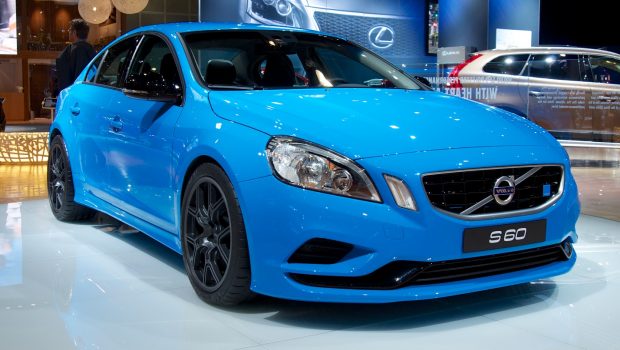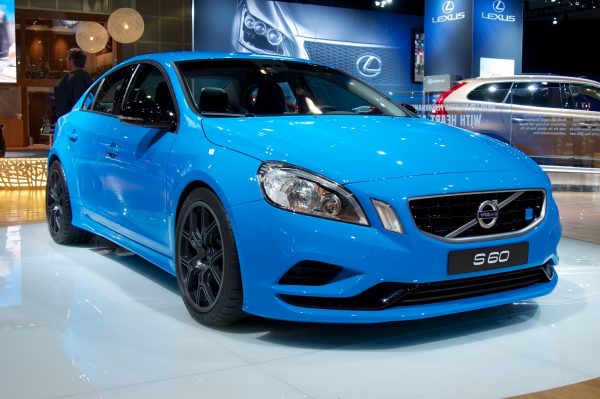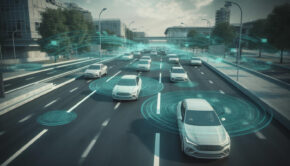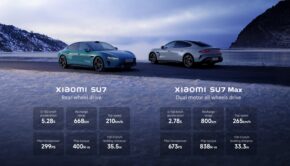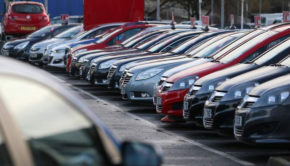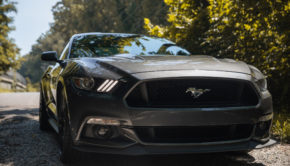Hard to choose? Three types of cruise control
Modern cars are more often equipped with additional electronics that can make it easier for the driver to operate the car safely. As an example, consider the cruise control, which was always divided into two types: passive and adaptive. Now, there is one more type, which should be described. You can read about them all in this article.
This option is extremely convenient for drivers, who are traveling long distances. For example, when you need a car at MCO Enterprise, you can find cars for rent are equipped with passive cruise control, which will be beneficial at highways. Most often, you can see cruise control in American and European cars. In America, the majority of the roads run long distances in straight sections. Cruise control on such roads becomes a necessity. In the urban cycle, it is not so important, but today new systems for active cruise control are developed.
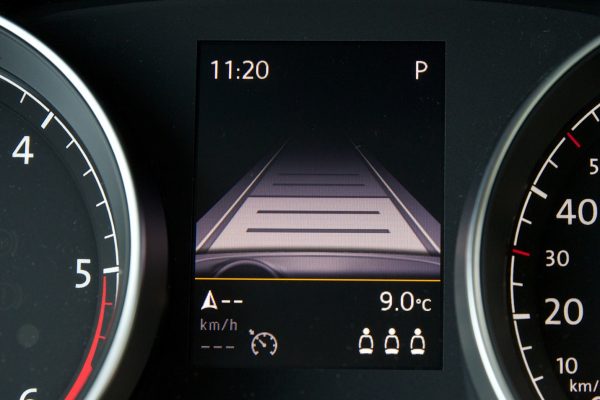
Passive cruise control
Passive cruise control is a device that allows you to maintain a constant speed of the car. The driver sets the speed. The thing is that the leg gets tired to hold the pedal for a long time, which leads to fatigue of the driver, loss of vigilance and reduced attention. Often, in such situations, the driver begins to exceed the permissible speed limit, and this is already a threat to traffic safety. When using cruise control, the speed remains constant without driver exposure. The driver can change it by pressing the gas or brake pedal. In such situations, the cruise control is turned off while the pedal is pressed, but, as soon as the driver releases it, the cruise control system is turned on again. The car continues to move at the set speed until the new manipulation of the driver. You can also change the settings of the cruise control on the buttons built into the steering wheel. As a rule, there are five of them: On, Off, Set, Resume and Coast.
Radar cruise control on Volvo S60 cars
The most important problem of motorists is still traffic jams, which not only significantly reduce the speed of movement, but also increase the likelihood of traffic accidents. The solution to the second problem may be this Volvo product. Its developers believe that thanks to it, by 2020 no one should die or be wounded by a car of this brand. An important step towards this goal is a new radar-based cruise control system.
This system provides additional control over what is happening on the road, even in dense traffic conditions. For example, when a pedestrian is detected on a vehicle’s route, the system will slow the vehicle down to a complete stop. Moreover, in the case of a full stop, the system itself will subsequently start the engine. The new version of this system, unlike the previous one, is capable of performing its task even at speeds below 30 km/h. The novelty will appear in the Volvo S60 model.
Adaptive cruise control
This type of cruise control is designed to automatically control the speed of the car. ACC is a further development of the cruise control system that maintains a given constant speed.
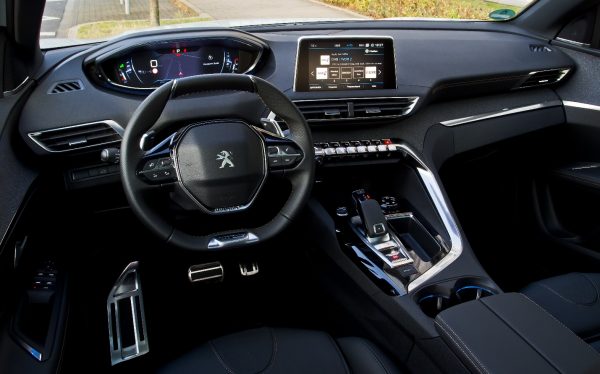
Well-known ACC systems are:
- Mitsubishi Preview Distance Control
- BMW Active Cruise Control
- Toyota Radar Cruise Control
- Mercedes-Benz Distronic Plus
- Honda, Audi, Volkswagen ACC
The adaptive CC system includes a distance sensor, a control unit and actuators.
The principle of adaptive cruise control operation
This system usually operates in the speed range from 30 to 180 km/h. Modern ACC systems support speeds from 0 to 200 km/h, as well as braking and starting in dense traffic conditions (Stop and Go function). This CC provides vehicle movement in the modes of constant speed, acceleration and deceleration. If there are no other cars on the road, the system supports the set by the driver speed. When the vehicle in front of you is accelerating or rearranging, the vehicle accelerates to the set by the driver speed. When a car in front of you is slowing down or changing lanes, the car slows down to the distance set by the driver. At low speed, deceleration is achieved by operating the brake system (increasing the brake fluid pressure in the system), at high speed- by reducing the engine power (reducing the air supply through the throttle valve) and, if necessary, operating the brake system.
In order to improve vehicle safety, individual ACC designs can be supplemented with systems of preventive safety, emergency braking, and GPS navigation.
Without cruise control, traveling over long distances would be tedious and would contribute to driver fatigue. The above types of cruise control are all beneficial and it is up to you to decide which one to choose.

